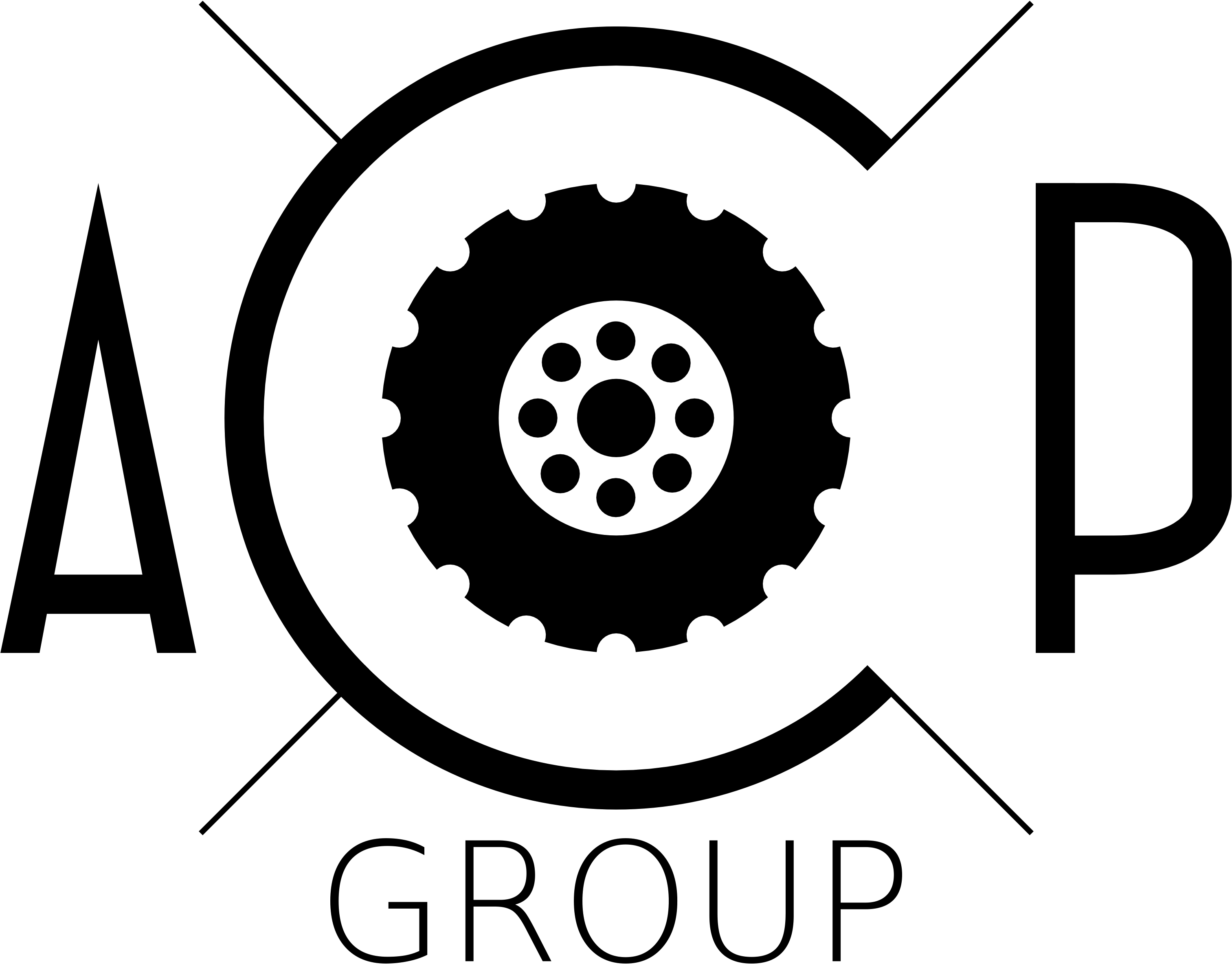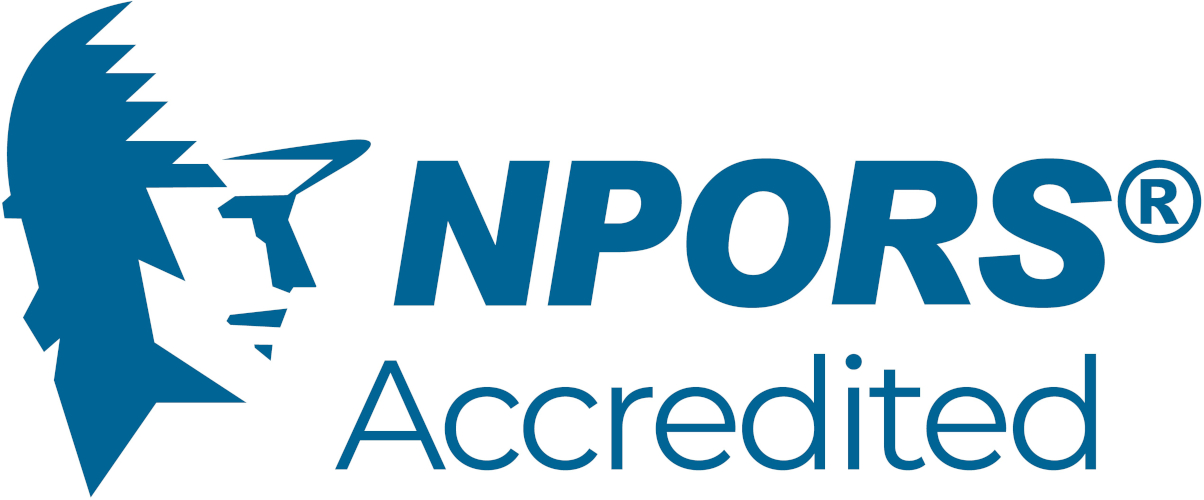Here are the theory test questions for A61 Appointed Person.
Please note that your paper will include all the questions we have marked here with an asterisk *. Unlike all the other CPCS papers you will be required to answer all of the questions given here. (There is no random selection of questions in the A61 paper.)
These questions will appear on every A61 paper
Explain the difference between an employing and user organisation. (2 marks)*
Explain why MUST there be a safe system of work. (3 marks)*
Name TWO duties of the crane operator. (2 marks)*
Name FOUR items that must be recorded when a thorough examination on a lifting appliance has been carried out. (4 marks)*
a) What is the 'Factor of Safety' when lifting personnel and b) what needs to be taken into account with wind speeds? (1 marks)*
Who has overall control of the lifting operation? (1 marks)*
When a crane company hires out a crane, name TWO main legal requirements the hire company must meet regarding the crane and driver. (2 marks)*
To whom should the appointed person give all details involving the lifting operation? (1 marks)*
Who is responsible for providing the contractor with written details of the work to be done? (1 marks)*
Which part of BS 7121 is specific to mobile cranes? (1 marks)*
Identify 4 types of infrastructure where a responsible body or owner would have to be notified when planning a lift on or near by. (4 marks)*
What is the definition of a competent person as stated by Codes of Practice? (1 marks)*
a) State the legislation and the regulation therein that refers to the stability of cranes and b) which regulation states the requirement for all lifting operations to be properly planned? (2 marks)*
a) What is the minimum recommended distance that is allowed between the counterweight(s) of any lifting equipment and an object/structure and b) what measure must be taken if the distance is less? (4 marks)*
Explain the purpose of the over-hoist limit switch. (1 marks)*
Name THREE factors that determine the rated working capacity of lifting equipment. (3 marks)*
Define the term ‘radius’ (1 marks)*
If a crane is out of level, what effect will it have on the radius? (2 marks)*
To lift a load of 20 tonnes on a 4 single leg chain sling, what is the required SWL (WLL) for each leg with an included angle of 87 degrees? Please explain your calculation. (4 marks)*
In which applications are single-leg slings rated with their own SWL (WLL)? (1 marks)*
What advantage is gained by increasing the number of falls on a hook block? (1 marks)*
What does the term ‘structural strength’ relate to with regard to the lifting capacity of any lifting equipment? (1 marks)*
According to BS 7121 part 2- 1, what are the types of warning that an RCI will indicate, and at what point are they activated? (2 marks)*
a) Where would the duty board of a tower crane normally be located and b) name FOUR types of information that it must contain (5 marks)*
How could the deflection of a boom or jib on a mobile-type crane affect a lift? (2 marks)*
State the maximum recommended angle for single-leg slings when used as a pair. (1 marks)*
Name a design of accessory hook that is exempt from being fitted with a safety catch. (1 marks)*
How should multiple accessories be connected to a crane hook? (1 marks)*
How long is a thorough examination for a lifting accessory valid for? (1 marks)*
State THREE occasions on which lifting equipment must be thoroughly examined. (3 marks)*
Give TWO methods of obtaining the centre of gravity on an unbalanced load. (2 marks)*
If a load of 20 tonnes is lifted on four falls of rope, what is the tension in each fall? (1 marks)*
Name THREE markings found on multiple-leg slings. (3 marks)*
If radios are to be used during the lifting operations, what FIVE actions and checks must be made before use? (5 marks)*
Why is it recommended to complete a report after the completion of the lifting operation? (2 marks)*
State the safe procedure to be followed before lifting or lowering a load down a shaft or excavation. (2 marks)*
State SIX environmental factors that can affect an external lifting operation. (6 marks)*
Why must a lifting equipment operator never try and ‘drag’ a load? (2 marks)*
List TWO methods of obtaining the accurate weight of a load. (2 marks)*
Identify FOUR requirements for ensuring the stability of any wheeled mobile lifting equipment on site. (4 marks)*
Give THREE examples of how excessive rain can affect an external lifting operation when using lifting equipment. (3 marks)*
A change of crane/lifting equipment operator is required. What must they be made aware of before continuing? (2 marks)*
During de-rigging operations, what factor of safety is applied to the load? (1 marks)*
On a mobile-type crane, in what situation can the crane lift a single load using both the main and fly hook blocks? (1 marks)*
Name the sections in BS 7121 where advice is given on ‘Lifting without outriggers’ and ‘Pick and carry’. (1 marks)*
Define the term ‘outreach’. (1 marks)*
a) State the regulation number for the lifting of persons under LOLER 1998 and b) list FIVE requirements to be within a procedure. (6 marks)*
If planning to lift loads in or near a pedestrianised area, what main factor needs to be taken into account? (2 marks)*
a) What is the recommended minimum exclusion zone around overhead power lines, b) where can this information be sourced and c) explain why a distance from overhead power lines should be kept. (6 marks)*
Two items of lifting equipment are working in the same vicinity that encroach the operating radius of each. What actions should the lift plan or method statement normally specify? (3 marks)*
How is the SWL/WLL/rated capacity for multi-legs slings determined? (1 marks)*
When planning a lifting operation to place loads below ground level, what needs to be taken into account when calculating the gross weight of the load? (2 marks)*
Where would the information relating to the additional requirements of an intermediate lift over a basic lift be sought? (1 marks)*
How does the guidance in LOLER 1998 (L113) describe the difference between installed and positioned? (4 marks)*
If an object has to be dismantled above ground level to be lifted to ground level (and can't be returned to the original position), what factor of safety should be applied? (1 marks)*
A platform is being used to receive lifted loads of materials. What primary procedure must be in place to ensure that the platform being used is suitable and sufficient to hold the weight of the load? (1 marks)*
Who is responsible for compiling all necessary documentation when lifting in close proximity to a site boundary? E.g. protection fans? (1 marks)*
List FOUR items of information that must be included on a temporary works register. (4 marks)*
Outline the role of the Temporary Works Co-ordinator. (2 marks)*
What are the THREE key fundamental aspects that need considering when preparing a design for any temporary works design/structure? (3 marks)*
Name FOUR factors should be taken into account when calculating the effects of wind on a crane-based lifting operation (4 marks)*
Name the FOUR stages of the hierarchy of control for the marshalling of mobile lifting equipment. (4 marks)*
Name THREE factors to be taken into account when devising a mobile lifting equipment marshalling plan. (3 marks)*
In what circumstances would aviation warning lighting be required to high-type lifting equipment? (2 marks)*
Outline THREE principle requirements for out-of service procedures for tower cranes. (3 marks)*
Describe FOUR factors that need to be taken into account when specifying communication procedures for a lifting operation. (4 marks)*
Name SIX principle factors should be taken into account in relation to fatigue management of a lifting operation. (6 marks)*
On both tracked and wheeled 360 degree excavators: a) what differs between lifting over the side of the machine compared to lifting over the front or the rear of the machine? b) Explain why. (2 marks)*
When planning a lift for a lorry loader activity and where it is adjacent to a slope, what is regarded as the minimum distance to be kept from a sloped edge? (2 marks)*
Name THREE possible effects that fatigue can have on a lifting team (3 marks)*
Using the given lifting capacity diagram for the JCB 535/125 telescopic handler using a hook (A61):
a) what is the maximum lifting capacity?
b) what is the maximum lifting capacity when free on wheels (FoW)
c) what is the maximum hook height where a load can be lifted
d) what is the maximum lifting capacity when the hook is at a height of 8m and the boom at an angle of 45degrees? (4 marks)*
Using the lifting capacity diagram for A59C: a) if the machine is equipped with a 2.5 m long dipper, what is the maximum lifting capacity in tonnes at a 6 m radius/reach over the sides of the track with the load at 3 m height b) in principle, if a longer dipper is fitted, what effect does that have on the lifting capacity (assuming same size bucket and machine configuration)? (4 marks)*
The area of mat size has been correctly specified for use with the outriggers of a mobile crane and the intended load and operating radius but the pad is not stiff or rigid enough (e.g. it is too thin). Explain the possible consequence. (2 marks)*
Name FOUR factors relating to ground that a ground engineer would need to take into account when determining the load bearing capacity of ground. (4 marks)*
End of questions for A61 Appointed Person


